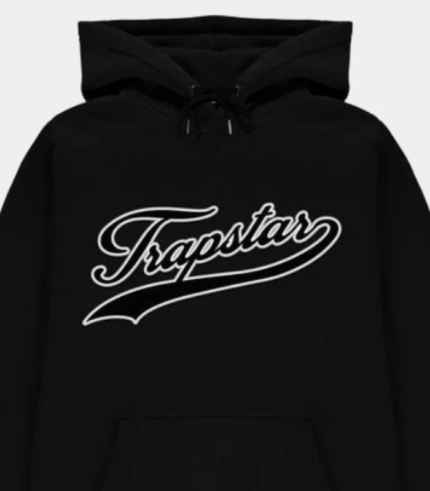Streetwear has always been more than just clothing—it’s a cultural movement, a language of identity, and a reflection of music, art, and lifestyle. Among the many brands that have left a deep mark on global street fashion, Trapstar has carved out a unique space. Born in the UK, Trapstar rose from underground beginnings to become a global force, synonymous with authenticity, exclusivity, and cultural relevance. This article explores the origins, legacy, and dominance of Trapstar in the streetwear industry.
Origins of Trapstar
Trapstar was founded in London in 2005 by a trio of friends: Mikey, Lee, and Will. Their journey began in the underground fashion and music scenes, where creativity was driven less by corporate funding and more by raw energy, resourcefulness, and cultural pride.
Initially, Trapstar was not a mainstream label—it was about secrecy and exclusivity. Their earliest drops were almost mythical. Customers had to know someone within the Trapstar circle to even access the pieces. T-shirts were sold from the trunks of cars or passed around by word of mouth. This underground hustle built the foundation for the brand’s appeal: Trapstar was not just a brand; it was a code of entry into a subculture.
The name “Trapstar” itself combines two powerful ideas. The word “trap” references the hustle, grind, and survival associated with urban street culture, while “star” speaks to aspiration, success, and the dream of rising above circumstances. Together, the name perfectly embodies the duality of streetwear culture: struggle and triumph, grit and glamor.
The Rise of a Cult Brand
Trapstar’s early years were built on exclusivity. The brand famously adopted the motto “It’s a secret”, fueling curiosity and creating an aura of mystery around its drops. Pieces often featured bold graphics, dark aesthetics, and slogans that resonated with a generation living at the intersection of hip-hop, grime, and street culture in the UK.
A turning point came when celebrities began to notice. UK rappers, grime artists, and international stars alike were spotted wearing Trapstar. Jay-Z, Rihanna, and A$AP Rocky were among the early adopters, helping Trapstar gain international recognition. Suddenly, what was once an underground secret in London became a must-have label in global streetwear circles.
In 2011, Trapstar opened its first flagship store in Portobello, West London. The store became more than just a retail space—it was a cultural hub where music, fashion, and art collided. Fans queued outside for hours to get their hands on limited pieces, further cementing the brand’s reputation for exclusivity and desirability.
Collaboration and Expansion
One of Trapstar’s biggest moves came when it entered the world of collaborations. The brand partnered with Roc Nation, Jay-Z’s entertainment company, a move that helped Trapstar break into the US market. This relationship gave the brand credibility and connected it with an audience far beyond the UK.
Trapstar also collaborated with sportswear giant Puma, creating collections that merged athletic wear with street culture aesthetics. These collaborations weren’t just about fashion; they symbolized the merging of underground culture with mainstream recognition.
By the mid-2010s, Trapstar had established itself as one of the most influential UK streetwear brands. Its bold designs, such as the iconic “Shooter” T-shirt or jackets featuring cryptic slogans and gothic fonts, became instantly recognizable symbols of street culture.
Trapstar’s Legacy in UK Streetwear
Trapstar’s legacy is deeply intertwined with the rise of UK street culture, particularly grime and hip-hop. At a time when UK artists were striving to be heard on a global stage, Trapstar provided the uniform for this cultural movement. Trapstar gave young people, especially those from urban environments, a sense of pride and belonging. Wearing Trapstar was a statement—it symbolized hustle, resilience, and ambition.
Dominance in Global Streetwear
Trapstar’s dominance lies in its ability to remain true to its roots while expanding globally. While many streetwear brands lose their edge when they scale, Trapstar has maintained its exclusivity and cultural relevance.
Challenges and the Future of Trapstar
Like all streetwear brands, Trapstar faces challenges in an industry that is constantly evolving. The hype-driven model of limited drops can be difficult to sustain long-term, as trends shift and consumer expectations change. Additionally, competition from new streetwear brands and established fashion houses adopting streetwear aesthetics poses a constant threat.
However, Trapstar has shown resilience. By staying connected to music culture, collaborating strategically, and maintaining its aura of exclusivity, the brand continues to thrive. The rise of digital platforms and global streetwear communities also gives Trapstar an opportunity to connect with new generations of fans.
Looking forward, Trapstar’s future likely lies in balancing expansion with exclusivity. If it can maintain its underground spirit while continuing to grow internationally, Trapstar will remain a dominant force in streetwear for years to come.
Read More: Business
